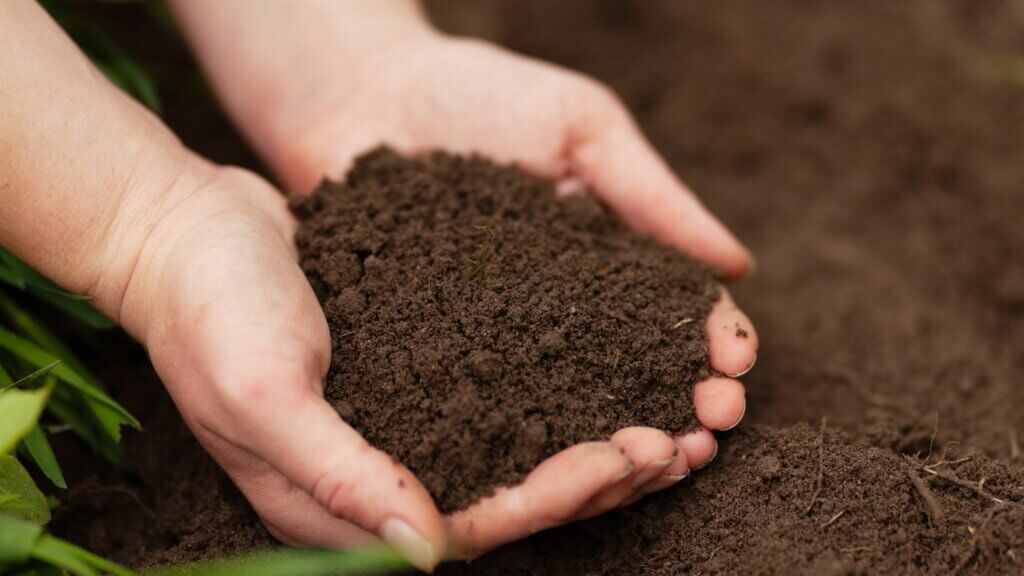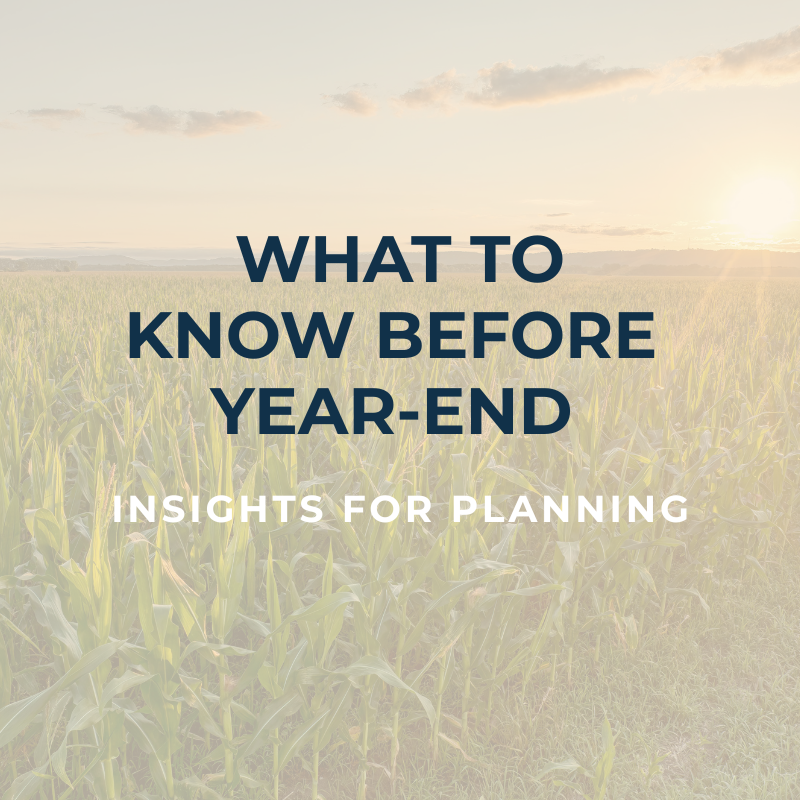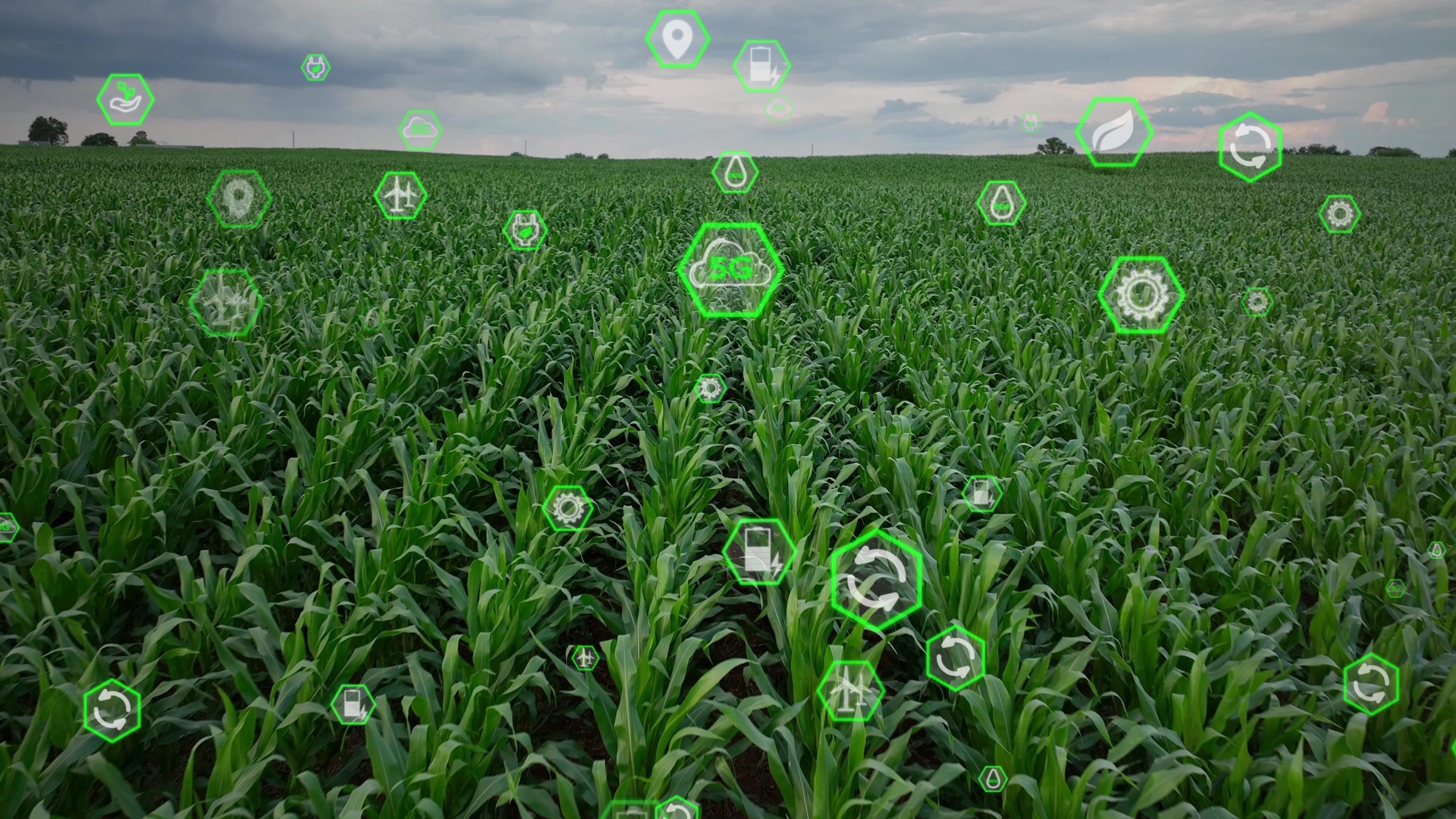
Erika B. Thies, CPA
Senior Accountant
Farmers may be eligible for a deduction when they purchase or inherit farmland that contains residual (excess) fertilizer in the soil. This deduction allows farmers to recover the cost of nutrients present at the time of acquisition or when it is inherited.
The Importance of Timing
When considering the timing of taking the deduction, there are several important points to keep in mind. Typically, the deduction must be taken in the year the land is purchased or inherited. However, in some cases, either an amended return or Form 3115 may be filed to claim the deduction if it’s not in the year the land was purchased or inherited. It may be possible for a farmer to go back and take fertility deductions on farmland purchased in previous years if, in fact, there were soil samples taken around the time of purchase or date of death. Keep in mind that there would be a calculation to adjust for nutrients added in subsequent years.
Requirements: To qualify, the following apply:
- The land must be purchased or inherited.
- There must be the presence and measurable extent of residual fertilizer.
- Show the fertilizer supply is being exhausted over time.
How Is It Determined?
The deduction is based on soil testing, specifically grid sampling, which identifies excess fertility compared to baseline soil fertility levels. The process begins with agronomists and soil labs following standardized guidelines. An agronomist will complete the grid sampling and put together an analysis from the findings. We will want to work with the agronomist to make sure a report is generated from the results of the analysis and that all needed components are included. The results of the testing are compared to the average soil fertility for that soil type, and any excess nutrients above the average are quantified. Additionally, an exhaustion period, which refers to how long the nutrients will last, is determined. The deduction application involves deducting the value of excess fertility pro rata over a period of years.
Regarding the timing of sampling, for purchased property, testing should occur on or before possession, as close as possible to the date of closing. For inherited property, testing should occur as close as possible to the date of death.
Who Does It Apply To?
- Eligible: Farmers who purchase or inherit land.
- Might Be Eligible: The following may be eligible for the deduction, but it’s a case-by-case basis and based on certain facts and circumstances.
- Cash rental landlords, including families of the inherited land.
- Buyers who previously rented the land and deducted fertilizer costs in earlier years.
1031 Exchange Transactions: Special care must be taken if a study is completed on land subject to a 1031 exchange. Adjustments to the fertility value may be needed.
Why It Matters
This deduction can provide significant tax benefits by reducing taxable income when acquiring farmland with residual nutrients. However, the opportunity requires careful documentation, professional soil testing, and correct timing.
All in all, excess fertility studies can uncover valuable tax deductions for farmers acquiring farmland. If you are purchasing or have recently purchased/inherited farmland, it is worth consulting with a CPA and an agronomist to determine if there is a potential benefit. Acting within the required timeframes and obtaining the proper data is critical to obtaining this tax deduction.




